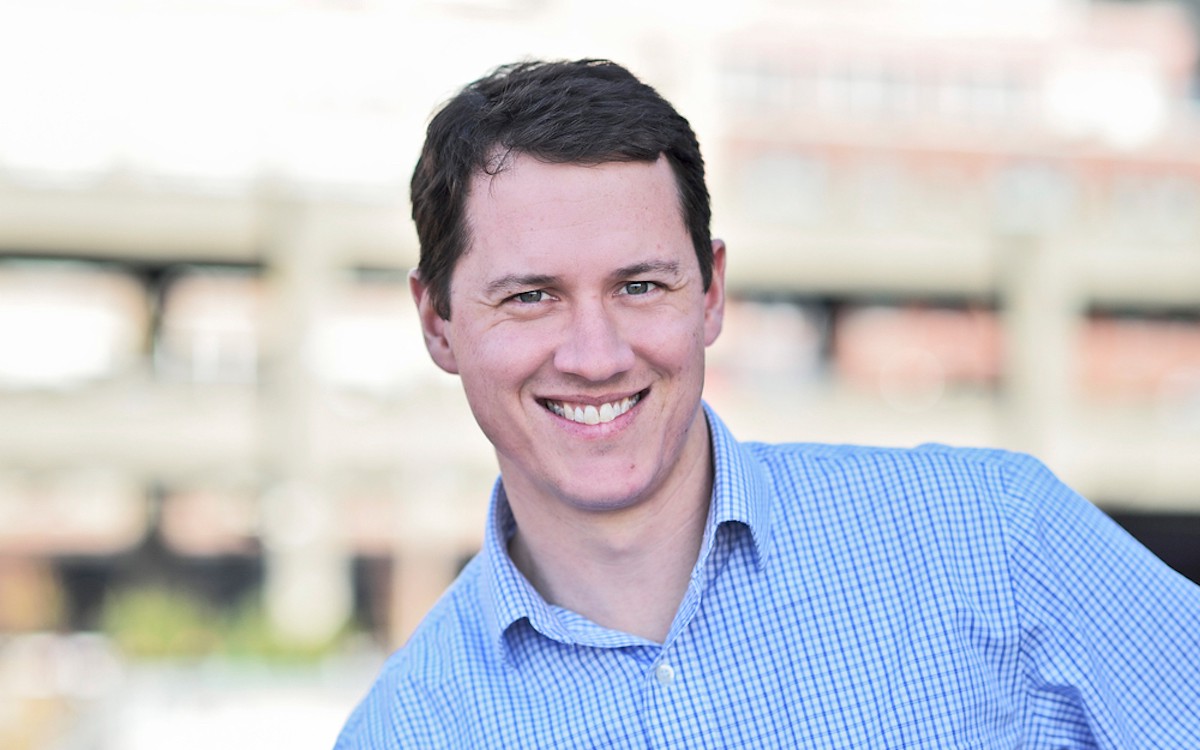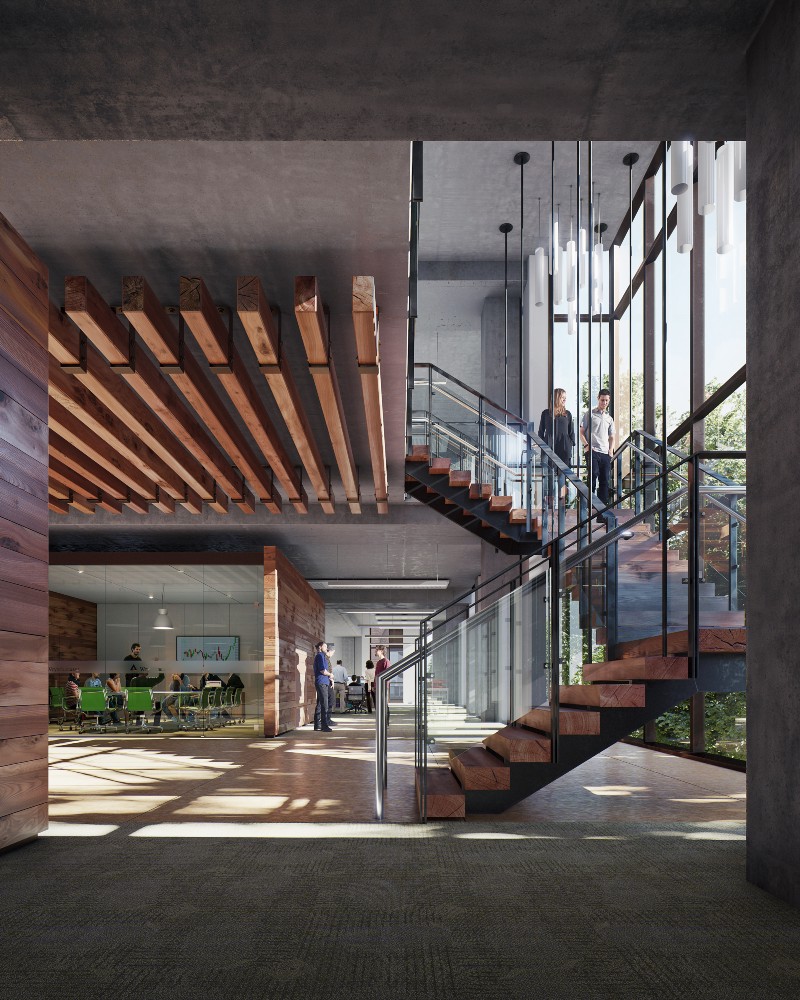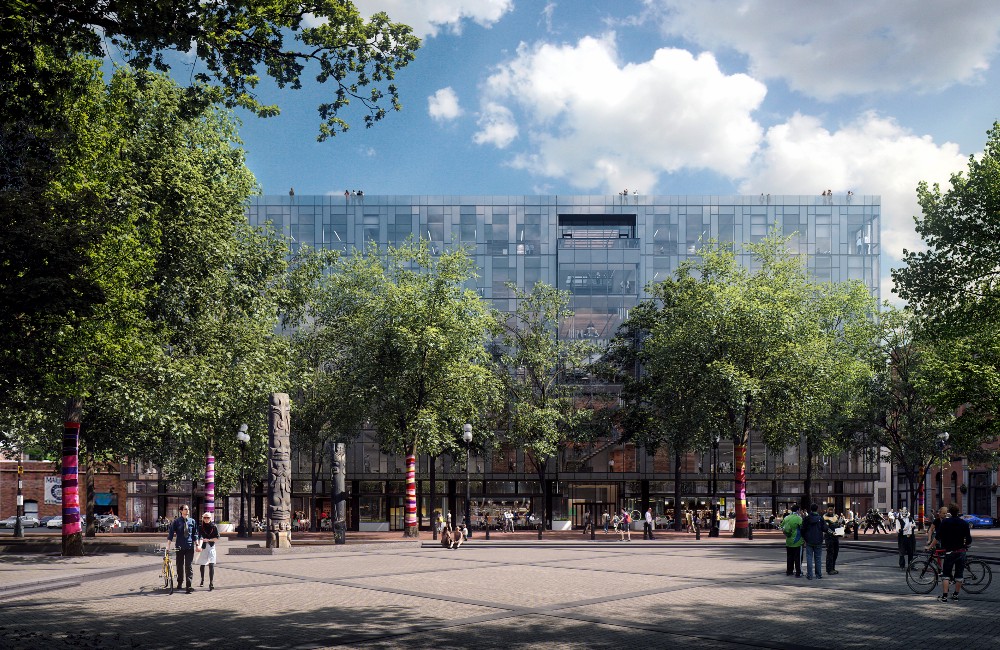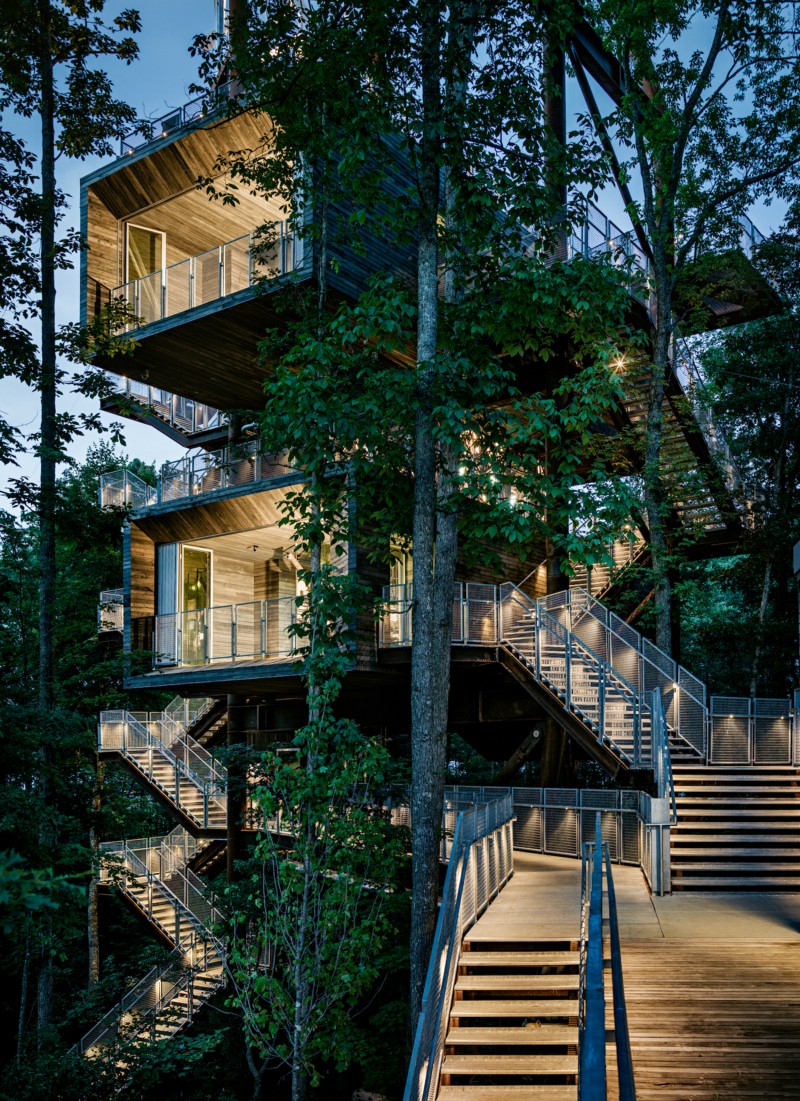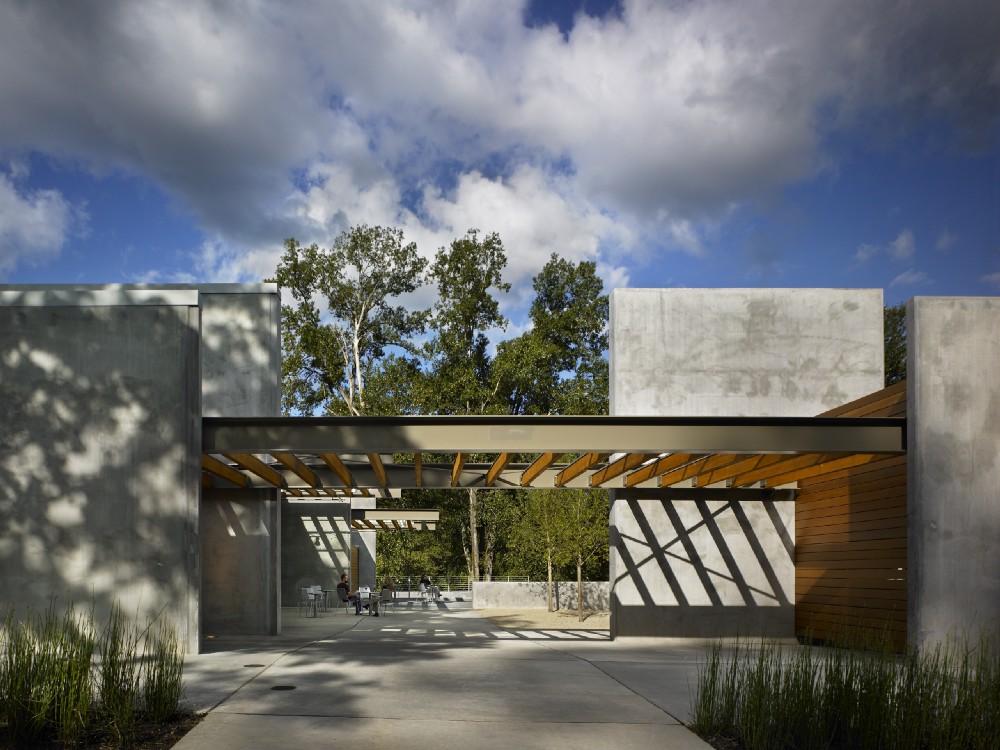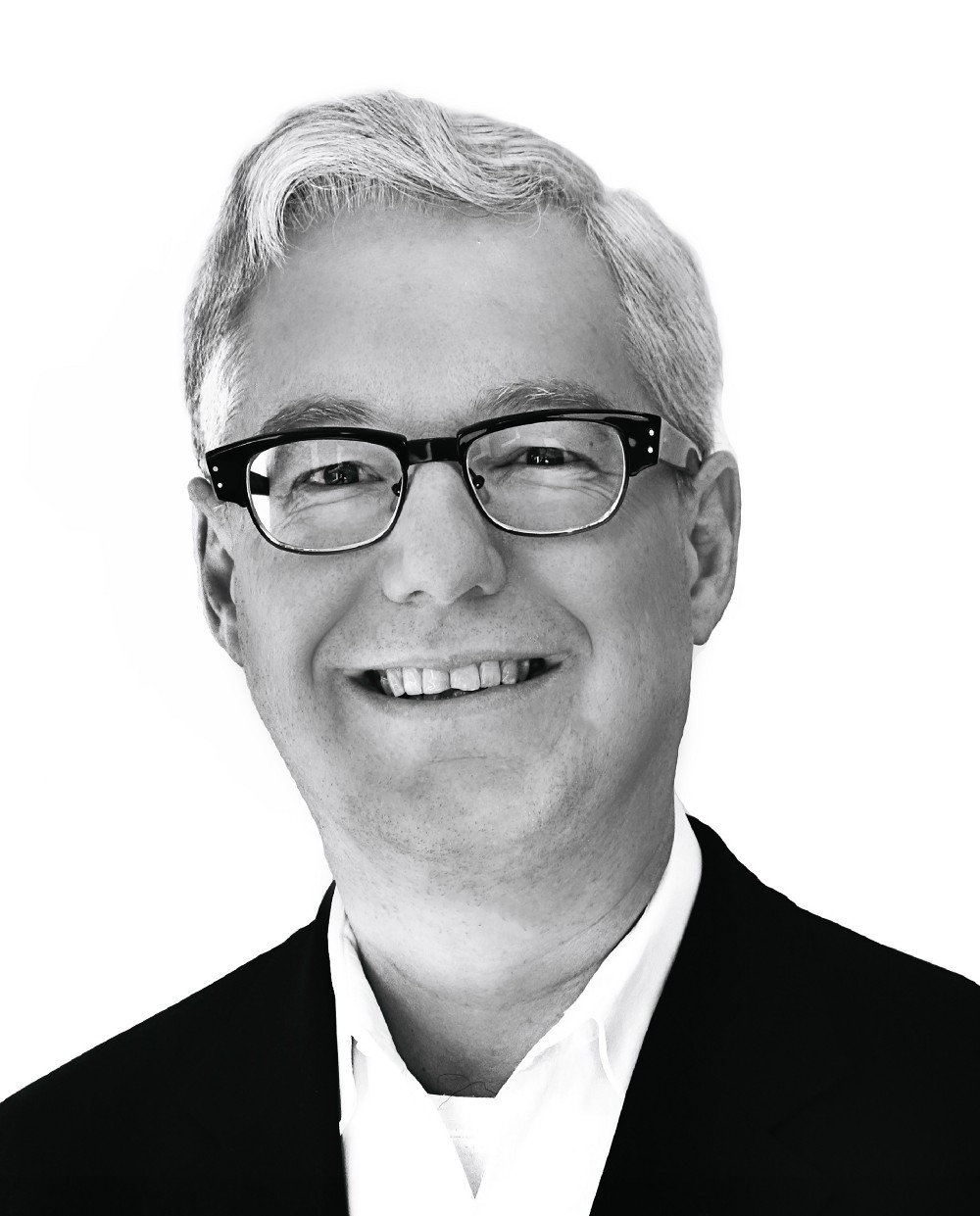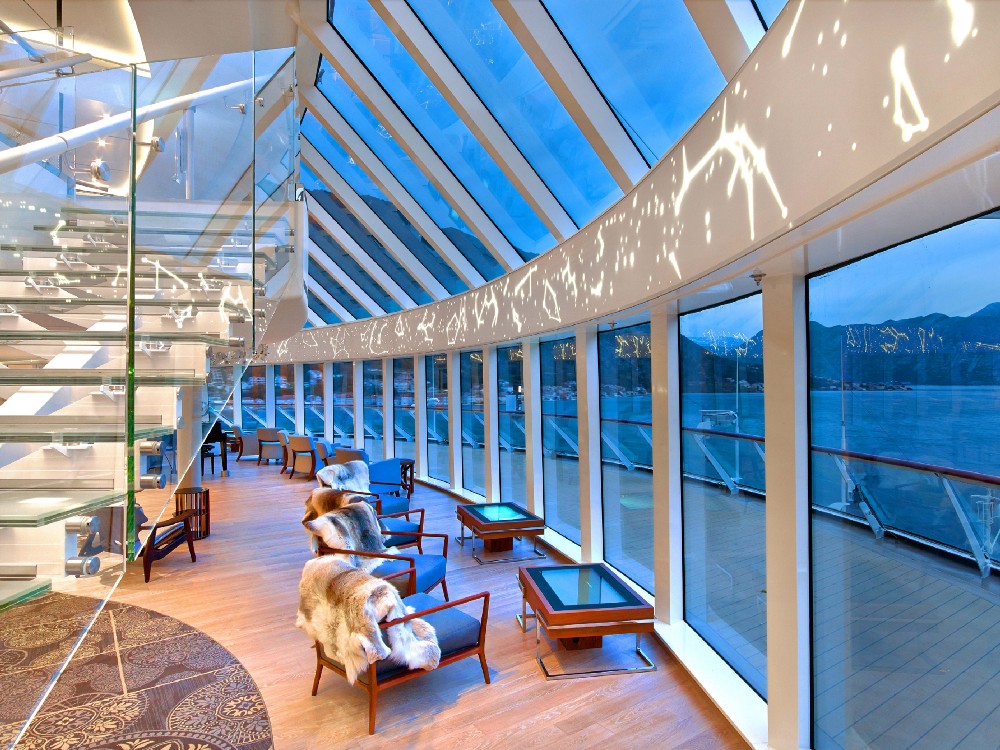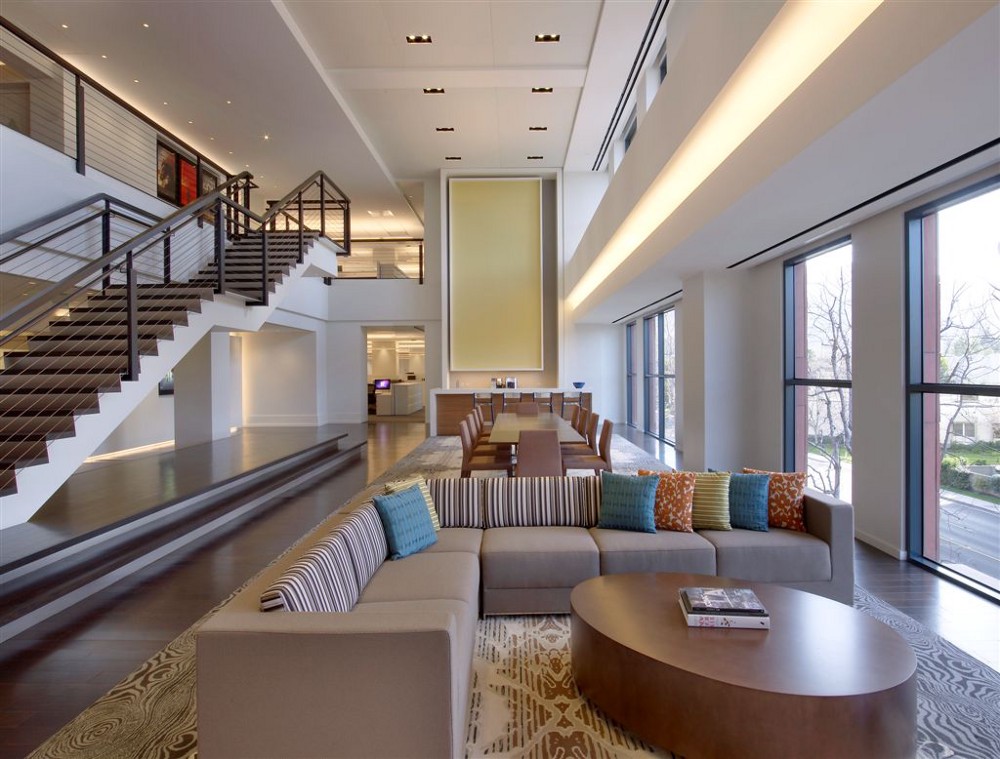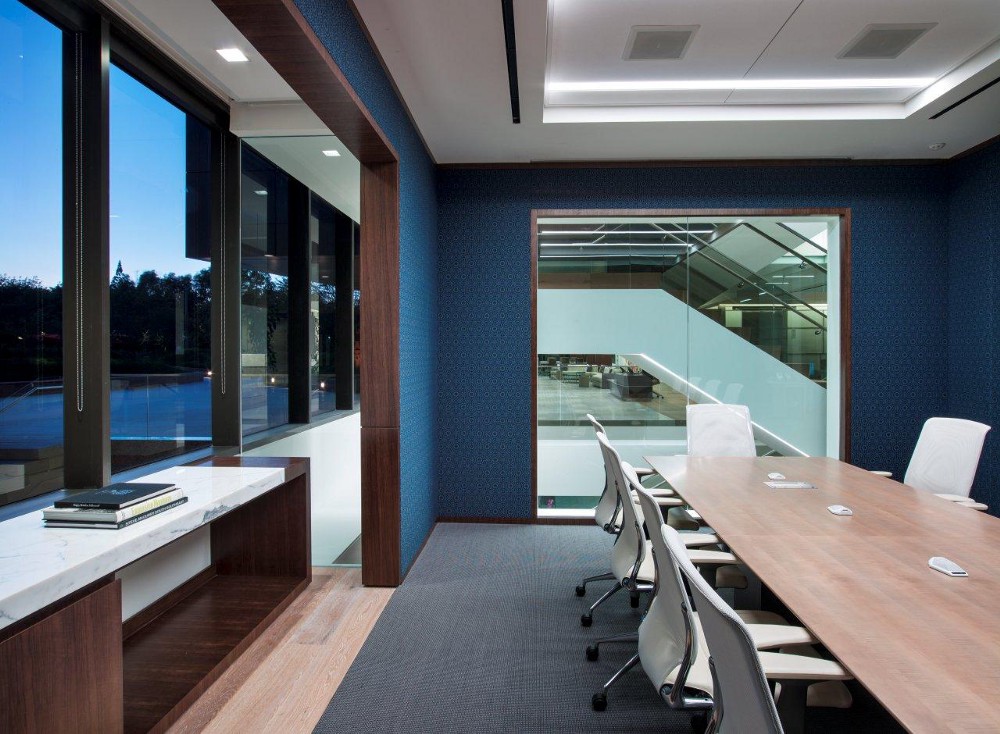Design Manifestos: Matt Baran of Baran Studio Architecture
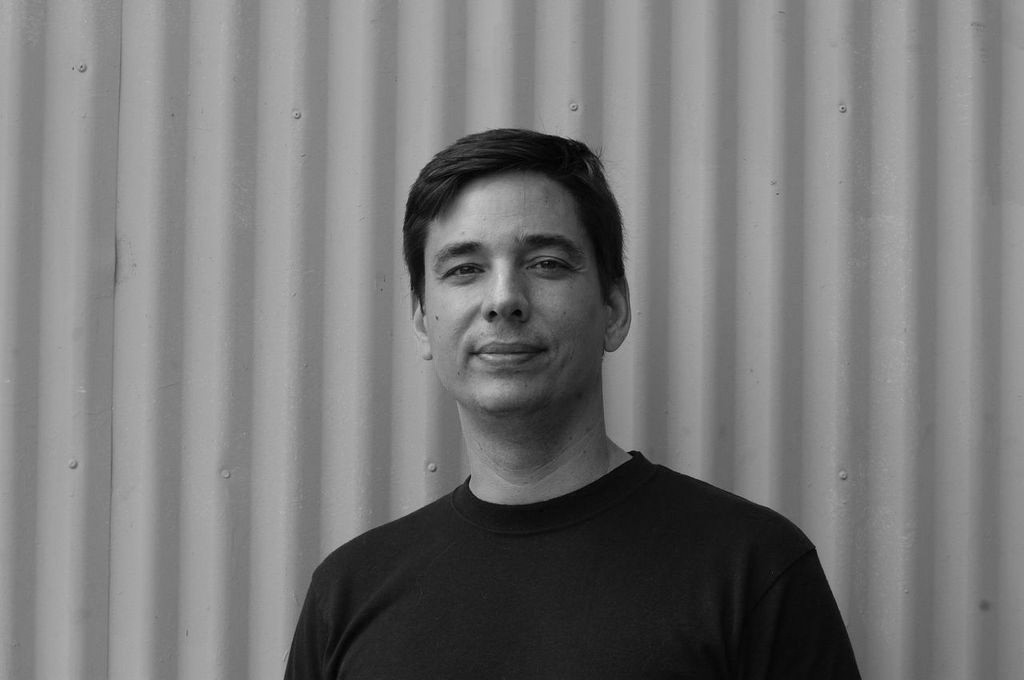
Matt Baran founded Baran Studio Architecture in 2010 at the peak of the Great Recession. In his spare time, he worked on concepts for architectural robots that shifted their form and location to adapt to various contexts. This work won him an AIA award in 2006, and a full scholarship to UC Berkeley to complete a master’s thesis on adaptable robotic architecture. Upon graduation he began to teach at UC Berkeley and the Academy of Art. He also worked on the construction of a dwelling that employed the adaptive theories he had been exploring academically. These efforts were the beginning of Baran Studio. Currently, Matt continues his efforts, working closely with staff and clients to further explore architecture that is closely adapted to its context. Modelo recently spoke with Matt and learned more about his robotic approach to architecture and what inspires his designs.
On becoming an architect
When I was younger I was interested in fine arts, and I was doing a lot of sketching, drawing and painting. I realized that because I’d come from a very modest family background — a working-class background — to survive I needed to do something that was going to pay. Fine art didn’t seem like it was going to do that. I was looking through a course catalog and saw a drafting class at a community college. I thought I’d give it a shot. I thought that’s what architecture was — drafting up homes or something. I thought ‘well, it’s good enough, I’ll work on this for a while and see where it goes.’ I had some help from some family and they guided me towards university. I got into USC, and when I arrived they basically re-trained me and I started to understand at that point that architecture was art — not just drawing preconceived-looking houses. They started forcing me to think about things more abstractly. I was excited at that point and it took off from there.
On discovering his voice as a designer
For architects, it’s a combination of experiences. You can guide your voice on some level and it just sort of happens to you on some other level. When you’re younger you just try everything and you see what other people are doing and you see what’s in the magazines. When you’re being trained, you’re experimenting and trying to develop a voice.
Coming up into the late 80s and early 90s there was a lot of Deconstructivism theory that was going on, and that still factors into my work and my voice now. I’m not so interested in traditions of order. Earlier on I was influenced by my social class background, and for me there was a required resourcefulness and improvisation that went into who I was. There is part of me that was looking at more unconventional places and unconventional means of construction because I grew up around that.
I’m still very interested in places that have been erased, such as spaces under the freeway and places that were considered undesirable. I try to look at those places and say ‘what can I extract from them? How do you find beauty in places that are traditionally considered not beautiful? How do you take advantage of what’s there and try to bring it up? And not try to “fix it” but try to actually take what’s there and bring out the positive in it?’ A lot of Oakland and Detroit is like that, San Francisco has some of that as well. I’ve been working with developers and clients that are interested in those places. You have to work with them to find a way to take what you had, from context to budget. How can you take an inexpensive or common thing and make it into something uncommon and give it a voice — let it be beautiful as opposed to being considered an unfortunate necessity? That’s how a lot of the work we do evolves.
On starting his own firm
That was another thing that was out of necessity. Speaking to this idea of improvisation or resourcefulness- the economy had collapsed. I had gone back to school; I was tired of working for other people. It wasn’t exactly how I would do things, and I didn’t feel a lot of architects were willing to do the things I wanted to. I went back to school, retooled, and thought about some of these ideas I had. In the process I actually did a development project, where I was the developer, the designer, and the builder. I started being able to express some of these concepts in the work. But when I came out of school after getting the degree, there was nothing. There were no jobs. It was a desert for architecture. So I just taught because I had a Master’s. I started teaching at Berkeley and at the Academy of Arts. I continued some of these ideas in the courses that I was running and then started to express them in the built projects that I was doing. It just took off from there. The economy has rebounded and it seems to all be going very well. The work has evolved out of those initial ideas. I started the firm because there was nothing else.
On how his approach has evolved
Some architects choose to look at evolution as striving toward greater ‘consistency’ and some architects choose to see it as a process of change. I’m more interested in the latter. We’re always trying to adapt the design process and language to the given problem. The office is collaborative, and people are always bringing ideas to the table. I try to be as open to those ideas as possible. I think it’s inappropriate when the same design is used repeatedly. There are architects out there that are doing that — Gehry is the obvious one. They have a signature and they do it if they’re in Dubai, New York, or Minneapolis. Alternatively, it is possible to take a process and apply it. You have a process that looks to context and looks to function. It’s a time-worn thing but it’s gotten lost because people are looking at everything outside of architecture that they can find.You can look to elements that simply inform architecture and it suddenly becomes a very radical thing again. There are other architects who are more famous out there doing this now, like Big or OMA. They have a process that is very based in analysis and research and looking at program, looking at context and letting all those things come together to form the architecture. There’s this idea that it designs itself. That’s where we evolve constantly because every project- at least in its best state- is a new opportunity to develop a form, space and language that is unique. Every project is a new opportunity.
On recent projects that represent his unique approach
We have an apartment building in Oakland where we are taking an old warehouse and repurposing it into both parking for the building and loft space. We’re taking a piece of that building down and building up a new structure that’s interacting with the existing one. We’re taking an existing condition and using it to inform the new design, we’re finding a way to connect those things. It speaks to a lot of what we do, we adapt.
We also do a large number of mini-lot subdivisions in and around West Oakland. This often results in an increase in density, which is one of the more sustainable urban strategies you can implement. Oakland allows you to subdivide and make smaller than typical lots as long as your overall project conforms to code. While increasing density, we also maintain livability. We take the initial mass, and clean them and cut them, pushing and pulling the as a response to immediate contextual conditions. We deal with issues of privacy and light and air — it’s functionality of space. Each move is a response to all those aspects of the given project. That deals with the adaptability idea.
The office was founded on these little conceptual robotic projects that were basically not only about that response to the site, but they were about how the site changes over time. The architecture responds to those changes. In one case, I developed a machine that clips itself to the side of the highway and moves along, unfolding itself into various sites. Program would grow out of what was available in that existing space. In one case study, what emerged was a truck stop, because the mapping process showed there were a lot of trucks and truck traffic and we wanted to make incremental improvements with respect to emissions. We thought we’d put a biofuel station and a center where they could learn how to run their trucks more efficiently. Other programs emerged out of it as well — a library, a grocery a skatepark, all emerged from the site.
On his design toolkit
We are interested in building on various levels, and I am excited by theidea that design, documentation and construction be more tightly bound. We have used BIM from our inception. BIM is a great tool because you can use it as you design to understand the things 3-dimensionally and how it will be built and how it will be documented. There’s no gap between design work and your model. There are criticisms of that and there are some issues that often times it’s working with very conventional considerations of how to draw a window. In many ways that’s the stuff we have to work with in the field, so it gives us an opportunity to take those conventions and see if we can’t turn them on their head in some way. It forces us to do that.
We rely a lot on the software because it gives you the opportunity to visualize these things as you’re doing them- with interior spaces that you can get inside of, which is challenging to do with physical models. And you can move through them. We’re starting to use VR technologies now, so we’ve managed to transfer some of our computer knowledge into VR models, so they can download it to a headset and you can use that to basically be standing in the space. However, even with advances in technology, we still sketch by hand and work with physical models. There is no substitute for that.
On the future of the firm in the next 5–10 years
Our impact is increasing; we’re having a greater influence on the neighborhoods that we’re in now. And we are expanding to other places. We certainly have larger project in terms of footage and dollar amounts, but I would say that our interest is in valuing projects on multiple levels, not just in terms of size or dollars, but in terms of our own values. We want to analyze new solutions that are unique to each problem — doing even more analysis, looking at deeper structures. A lot of what people refer to and look for the context say, ‘we don’t want this thing in our neighborhood because it doesn’t look like the building next to it.’ They’re thinking on a very superficial level about what context means. Context is many things that you cannot see and a character that maybe you can see it takes a longer and more extensive look. You have to walk further down the block. You have to go to the library or go look at old maps and understand the history of that place. You have to look to infrastructural or organizational issues that exist. Where do transit lines run through? What’s the history of that transit line? We have tools that can measure pollution levels, light levels and noise levels — all these things that are essentially invisible. My hope would be that we have more and more opportunity to expand our research and do extended analysis that will let the architecture develop out of a comprehensive understanding of a place.
On the future of architecture in the next 5–10 years
In the last few decades architecture lost a lot of ground in the area of construction. You saw lawsuits happening in the 70s which caused architects to give up some of the ownership of the construction process because they wanted less liability. Construction management companies took scope from architects. We’re taking on more of the builder role and also taking on the responsibility but the control of that. That affects the design. More recently, you’ve seen architects regain some of that control through CNC manufacturing and design-build processes. We’re very engaged in that. We are actively involved in construction, even all the way to taking on the developer role.
On the other side, change is coming from technologies that are evolving — even your little app like Instagram or YouTube or an iPhone. It allows people to generate their own artistic content. There’s a certain degree of danger in that, there are assumptions that get made, preconceptions that are perpetuated. Also in that process, everybody has a voice. The trouble is that when one person thinks that they’ve got all the answers and that they’re basically trying to wipe out everything else. We work in so many neighborhoods and with many neighborhood groups. My feeling is that you should allow for diversity of ideas, varied thoughts on what that city should be or what architecture should be. We have a lot of people who are looking for homogeneity and what I hope we continue to see is diversity in cities. There isn’t one over-arching voice that says ‘the city has to be this way’ and tries to level it. We’ll continue to see a range of ideas about what that city should be like- a diversity of ideas.
On advice he would give his younger self
Invest in Microsoft. (laughs) Hang in there- the profession is very slow moving. It’s hard to recognize that when you’re younger and you’re always in a hurry. You have to have some patience both for yourself-to let yourself evolve- and for the profession- to let the profession evolve. Sit back and look for the opportunities. I would say you just have to sit back and wait for the opportunity and steer your course. Your time is so valuable. It’s the most valuable resource you have. When you see an opportunity that really fits with what you’re hoping to do, take it. When you see one that looks like an opportunity where you’re making too much sacrifice to your goals, then let it go. I still have trouble following this advice even now because your risk aversion instincts kick in or whatever it might be. In any case, you make a choice about where to go and eventually you’ll be there. Choose wisely.


